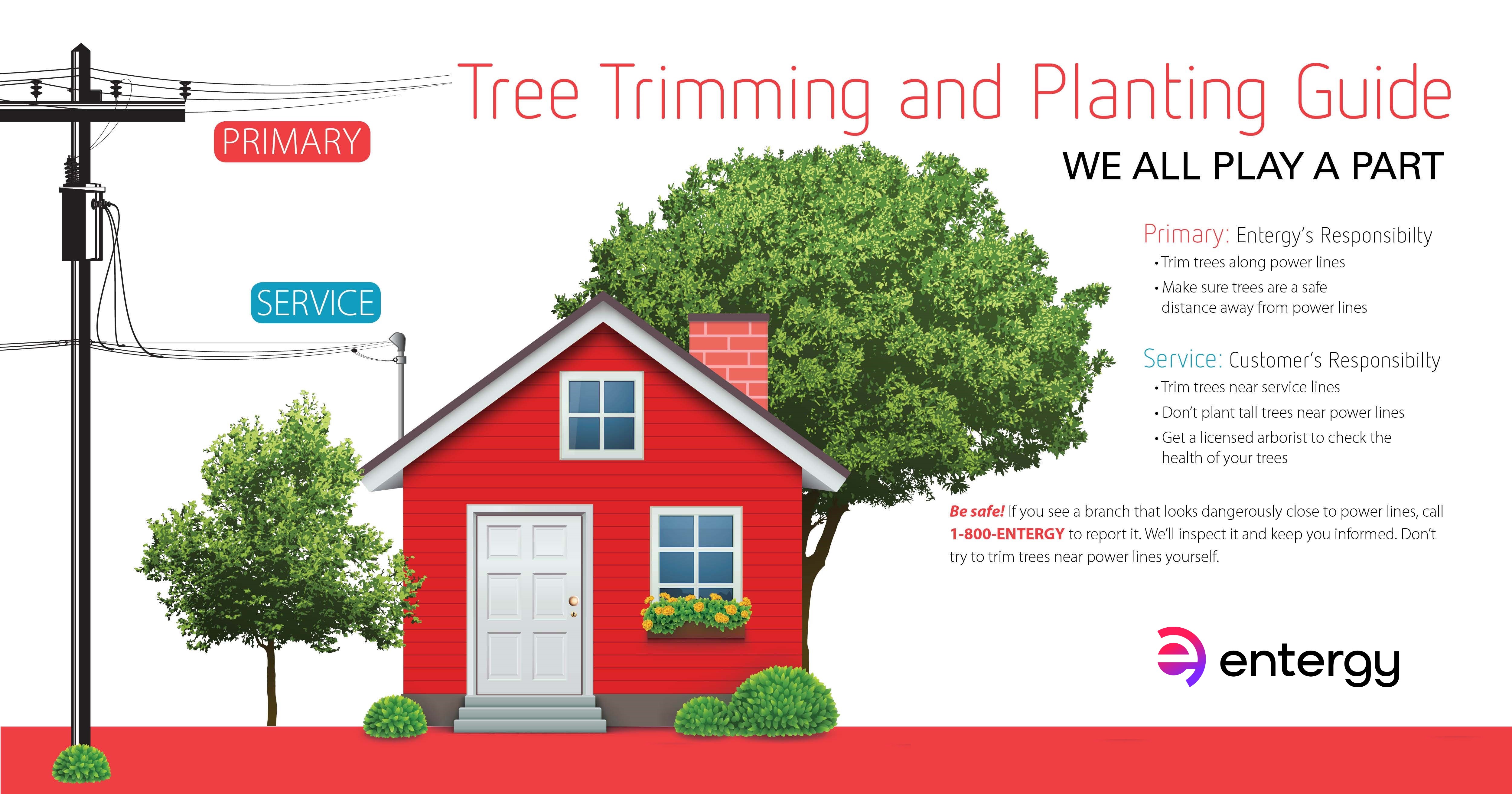Indicators That Tree Removal Is Necessary: Identifying Dangerous Trees
Indicators That Tree Removal Is Necessary: Identifying Dangerous Trees
Blog Article
Material Produce By-Harrell Cormier
When it pertains to tree care, identifying the indications that it's time for elimination is vital for your safety and security and property. You could discover discolored fallen leaves, wilting branches, or strange fungal growths indicating illness. Architectural issues, like a considerable lean or fractures in the trunk, can likewise pose threats. Understanding these warning signs can aid you make notified choices regarding your trees and avoid potential hazards lurking in your yard. What should you look for next?
Signs of Degeneration and Disease
When you notice indicators of degeneration and illness in your trees, it's vital to act promptly. Seek tarnished leaves, wilting branches, or uncommon growths like fungi. These can indicate that your tree is battling.
If you see fractures in the bark or soft, mushy wood, these signs and symptoms recommend internal degeneration. Additionally, Read Even more in bugs around your tree can signal that it's compromised and vulnerable.
Look for any dead or passing away arm or legs, as they position a risk to your residential property and safety and security. If you doubt about what you see, speaking with an arborist can provide clarity.
Dealing with these indicators early can save you from much more extensive damages and make sure the health and wellness of your yard. Don't wait up until it's far too late.
Structural Instability and Leaning
As you observe your trees, watch out for any kind of signs of architectural instability or leaning. If a tree leans significantly, it may show that the root system is jeopardized.
Look for How To Prune Fruit Trees of cracks in the trunk or dirt around the base; these can signal possible failure. Furthermore, look for unusual development patterns, like an unbalanced crown, which might suggest that the tree is having a hard time to hold itself upright.
If you discover that the tree favors your home, power lines, or various other frameworks, it presents a greater threat. Do not disregard these indications-- seek advice from an arborist to examine the scenario.
Taking action early can avoid expensive damage and guarantee your security.
Dead or Dying Branches and Foliage
If you see dead or dying branches and vegetation on your tree, it's a clear sign that something's incorrect.
These undesirable locations can suggest underlying concerns like illness, bug infestations, or environmental stress. When branches lose their leaves or turn brownish, they're no more contributing to the tree's health and wellness. Neglecting these signs can bring about more decrease, making your tree much more unsafe.
Dead branches can conveniently break off throughout storms, posing a risk to residential property and individuals close by. It's essential to assess the extent of the damages.
If the issue impacts a considerable part of the tree, consider getting in touch with a specialist. They can help figure out if elimination is necessary to ensure safety and security and maintain the appeal of your landscape.
Verdict
If you see any type of indicators of decay, structural instability, or dead branches on your trees, do not ignore them. These indicators can present severe safety and security threats to you and your building. It's always best to speak with a specialist arborist that can provide an expert analysis of your trees. Acting early can prevent mishaps and expensive damages, ensuring your landscape stays safe and healthy. Bear in mind, it's better to be positive about tree treatment than to await a catastrophe to happen.
